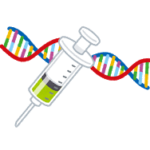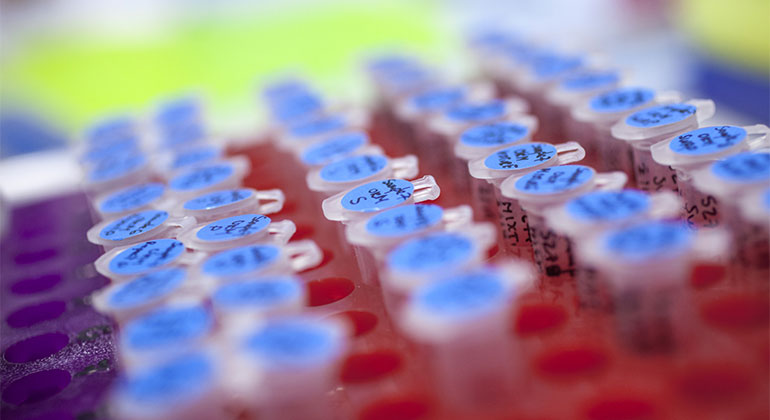2025-05-02 ワシントン大学セントルイス校 (WashU)

(Video courtesy of Polina Lishko)
WashU Medicine researchers have identified a temperature-controlled switch in sperm cells necessary for reproduction. At cooler temps, mouse sperm wiggle slowly (left). At warmer temps consistent with the female reproductive tract, sperm movements kick into high gear (right) to enable fertilization of the egg. The temperature-sensitivity of the switch may be the reason why mammals evolved to keep male reproductive organs cooler than core body temperature.
<関連情報>
- https://source.washu.edu/2025/05/temperature-controlled-switch-activates-sperm-is-key-to-fertility/
- https://medicine.washu.edu/news/temperature-controlled-switch-activates-sperm-is-key-to-fertility/
- https://www.nature.com/articles/s41467-025-58824-0
精子CatSperの必須カルシウムチャネルは温度ゲートされる The essential calcium channel of sperm CatSper is temperature-gated
Dilip K. Swain,Citlalli Vergara,Júlia Castro-Arnau & Polina V. Lishko
Nature Communications Published:17 April 2025
DOI:https://doi.org/10.1038/s41467-025-58824-0

Abstract
The flagellar calcium channel CatSper is essential for male fertility, as it regulates calcium influx to trigger the hyperactive motility required for sperm to fertilize the egg. Precise activation of CatSper is critical, as premature activation can impair sperm function. While optimal temperature is known to influence fertilization, its effect on CatSper remains unknown. By directly recording from mouse spermatozoa, we reveal that CatSper functions as a temperature-gated ion channel, with a thermal threshold of 33.5 °C and a temperature coefficient Q10 of 5.1. Additionally, we show that physiological levels of spermine reversibly inhibit CatSper’s temperature gating, protecting against premature activation. Our findings highlight for the first time the presence of the temperature-gating modality of CatSper and reveal the protective role of spermine, a major component of seminal plasma. These results emphasize the need to maintain testes below 34 °C for optimal fertility and advance understanding of CatSper regulation in male fertility.


